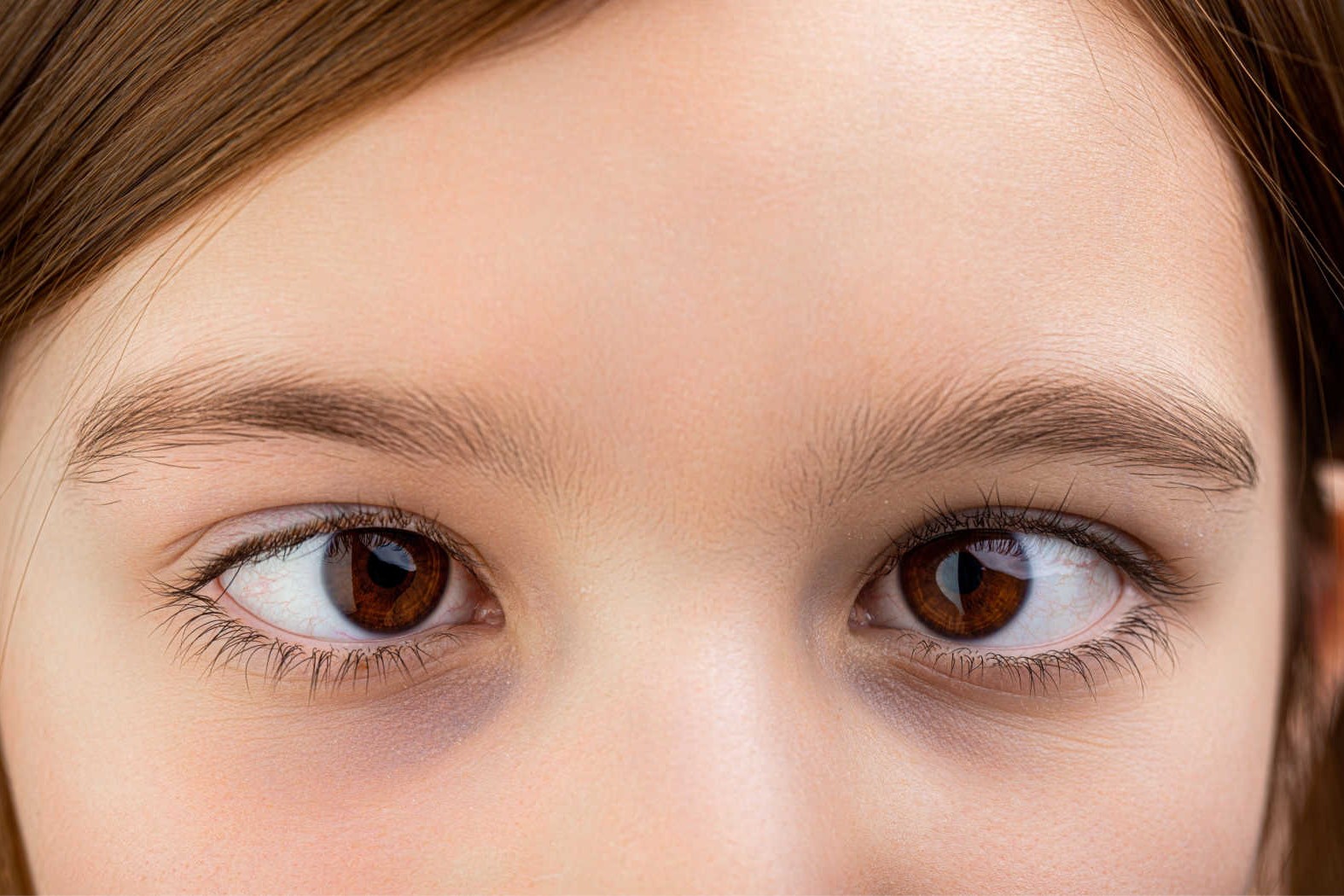
Strabismus, often called "crossed eyes," is a condition where the eyes do not properly align with each other when looking at an object. This misalignment can lead to double vision, depth perception issues, and even vision loss if untreated. Strabismus affects both children and adults, with various causes ranging from genetics to muscle imbalances. Treatments include glasses, eye exercises, and sometimes surgery. Understanding strabismus is crucial for early detection and effective management. In this post, we'll explore 50 fascinating facts about strabismus to help you grasp its complexities and the importance of timely intervention.
Key Takeaways:
- Strabismus, or crossed eyes, affects 4% of the U.S. population and can lead to double vision, misaligned eyes, and difficulty focusing. Early diagnosis and treatment are crucial for better outcomes.
- Children and adults can develop strabismus, but early detection and treatment are essential. Lifestyle adjustments, regular eye exercises, and support groups can help manage the condition effectively.
What is Strabismus?
Strabismus, commonly known as crossed eyes, is a condition where the eyes do not properly align with each other when looking at an object. This can lead to various visual problems and can affect people of all ages. Here are some intriguing facts about strabismus.
- Strabismus affects about 4% of the U.S. population.
- It can occur in one or both eyes.
- The condition can be constant or intermittent.
- Strabismus is more common in children but can develop in adults.
- Genetics play a significant role in the likelihood of developing strabismus.
Types of Strabismus
There are several types of strabismus, each with unique characteristics. Understanding these types can help in identifying and treating the condition effectively.
- Esotropia is when one or both eyes turn inward.
- Exotropia is when one or both eyes turn outward.
- Hypertropia is when one eye turns upward.
- Hypotropia is when one eye turns downward.
- Alternating strabismus means the condition switches between eyes.
Causes of Strabismus
Various factors can lead to the development of strabismus. Knowing these causes can aid in prevention and early diagnosis.
- Poor muscle control in the eyes is a primary cause.
- Brain injuries can result in strabismus.
- Certain genetic disorders increase the risk.
- Premature birth is a risk factor.
- Eye injuries can lead to strabismus.
Symptoms of Strabismus
Recognizing the symptoms of strabismus is crucial for early intervention and treatment.
- Double vision is a common symptom.
- Misaligned eyes are a visible sign.
- Difficulty focusing on a single object.
- Frequent squinting or closing one eye.
- Head tilting to compensate for misalignment.
Diagnosing Strabismus
Early diagnosis can significantly improve treatment outcomes. Here are some methods used to diagnose strabismus.
- Eye exams by an ophthalmologist.
- Visual acuity tests.
- Cover tests to check eye alignment.
- Retinal examination.
- Neurological assessments in some cases.
Treatment Options for Strabismus
Various treatments are available for strabismus, ranging from non-invasive methods to surgical interventions.
- Corrective glasses can help align the eyes.
- Eye patches are used to strengthen weaker eyes.
- Vision therapy exercises improve muscle control.
- Botox injections can temporarily align the eyes.
- Surgery is an option for severe cases.
Complications of Untreated Strabismus
Ignoring strabismus can lead to several complications, affecting both vision and overall quality of life.
- Amblyopia, or lazy eye, can develop.
- Depth perception issues may arise.
- Persistent double vision.
- Social and psychological impacts.
- Increased risk of eye strain and headaches.
Strabismus in Children
Strabismus often appears in childhood. Early detection and treatment are vital for preventing long-term issues.
- Pediatricians often screen for strabismus during check-ups.
- Early treatment can prevent amblyopia.
- Vision therapy is particularly effective in children.
- Some children outgrow mild strabismus.
- Regular follow-ups are essential for monitoring progress.
Strabismus in Adults
While less common, adults can also develop strabismus. Treatment approaches may differ from those used in children.
- Adult-onset strabismus often results from neurological issues.
- Double vision is more common in adults with strabismus.
- Surgery is frequently used for adult cases.
- Prism glasses can help manage double vision.
- Adults may require more intensive vision therapy.
Living with Strabismus
Managing strabismus involves more than just medical treatment. Lifestyle adjustments can also play a role.
- Regular eye exercises can help maintain alignment.
- Wearing sunglasses reduces eye strain.
- Ergonomic adjustments at work can improve comfort.
- Support groups offer emotional and social support.
- Staying informed about the condition helps in managing it effectively.
Final Thoughts on Strabismus
Strabismus, often called crossed eyes, affects many people worldwide. Understanding its causes, symptoms, and treatments can help those affected lead better lives. Early detection is crucial for effective treatment. Regular eye exams, especially for children, can catch strabismus early. Treatments range from glasses and eye patches to surgery. Each case is unique, so consulting an eye specialist is essential. Strabismus isn't just a cosmetic issue; it can impact vision and quality of life. Raising awareness helps reduce stigma and encourages timely intervention. If you or someone you know shows signs of strabismus, seek professional advice. Knowledge empowers us to make informed decisions. Let's continue to spread awareness and support those affected by this condition.
Frequently Asked Questions
Was this page helpful?
Our commitment to delivering trustworthy and engaging content is at the heart of what we do. Each fact on our site is contributed by real users like you, bringing a wealth of diverse insights and information. To ensure the highest standards of accuracy and reliability, our dedicated editors meticulously review each submission. This process guarantees that the facts we share are not only fascinating but also credible. Trust in our commitment to quality and authenticity as you explore and learn with us.
